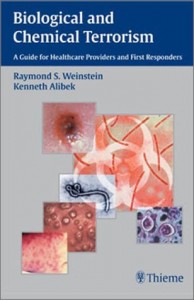Comprehensive Public Relations Strategies for EMS
Introduction
Public relations plays a pivotal role in shaping the perception and trust of the public towards Emergency Medical Services (EMS). The comprehensive guidebook, “Emergency Medical Services: Public Information Education and Relations,” authored by Edward L. Mund and Jeffrey T. Lindsey Ph.D, serves as an invaluable resource for EMS managers seeking to establish and maintain an effective public relations plan.
Informational and Educational Components
At the heart of a successful public relations strategy lies the effective dissemination of information and education. The guidebook identifies the following critical components:
- Public Education: Engaging the public with vital health and safety information related to emergency medical care.
- Media Relations: Building and fostering relationships with media outlets to convey accurate and timely information.
- Community Engagement: Actively participating in community events and initiatives to foster collaboration and build trust.
- Social Media Management: Utilizing social media platforms to connect with the public, provide updates, and dispel misconceptions.
- Public Awareness Campaigns: Developing targeted campaigns to raise awareness about specific health issues or EMS services.
Leveraging Marketing and Advertising Strategies
The guidebook astutely draws upon successful strategies employed in marketing and advertising. It emphasizes the importance of:
- Understanding the Target Audience: Identifying the specific groups and individuals to whom public relations messages should be tailored.
- Creating Compelling Content: Developing informative, engaging, and persuasive materials that resonate with the target audience.
- Disseminating Messages Effectively: Utilizing a mix of communication channels, such as print media, online platforms, and social media, to reach the desired audience.
- Measuring and Evaluating Results: Regularly tracking key metrics and gathering feedback to assess the effectiveness of public relations efforts and make necessary adjustments.
Creating Personalized Templates and Reference Materials
To enhance efficiency and consistency, the guidebook provides EMS managers with a Public Information and Education Tool. This valuable resource allows managers to:
- Create Personalized Templates: Develop customizable templates for press releases, social media posts, and other public relations materials.
- Reference Materials: Access a comprehensive repository of resources, including fact sheets, infographics, and statistics, to support public relations efforts.
Conclusion
In an era where public trust is paramount, EMS agencies must embrace comprehensive public relations strategies. The guidebook, “Emergency Medical Services: Public Information Education and Relations,” provides a roadmap for EMS managers to design, implement, and maintain effective public relations plans. By leveraging informational and educational components, drawing inspiration from marketing and advertising principles, and utilizing personalized templates and reference materials, EMS agencies can build strong relationships with the public, enhance their reputation, and ultimately ensure the delivery of exceptional emergency medical care.








Reviews
Clear filtersThere are no reviews yet.